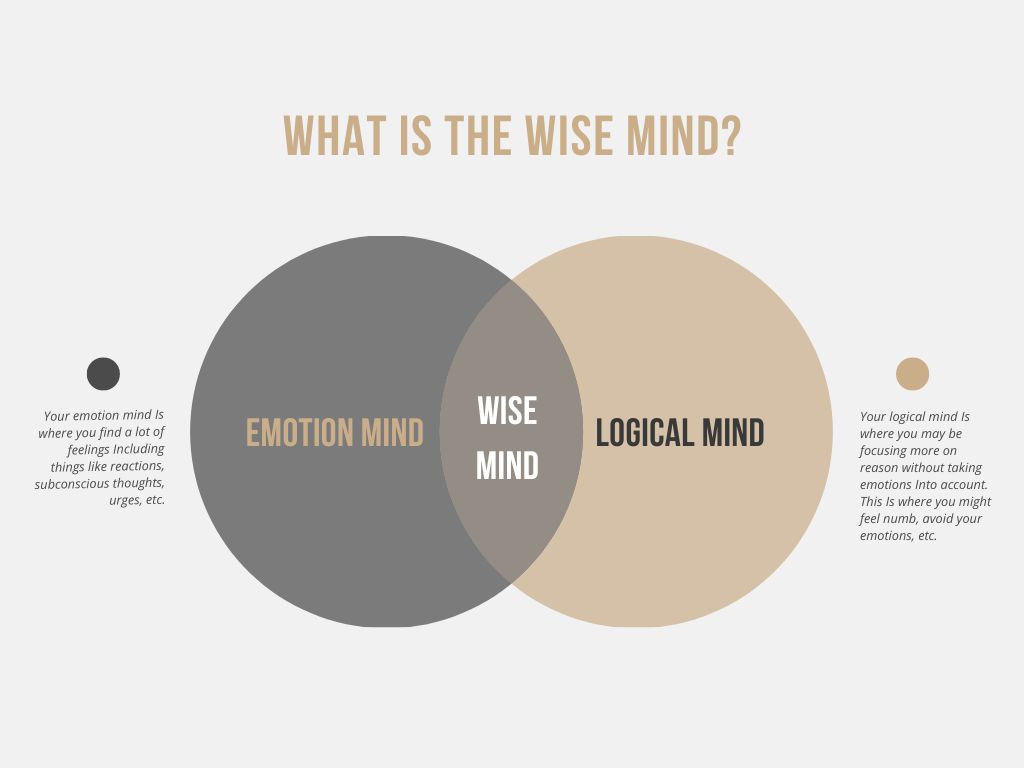Today we’re talking about how to manage uncomfortable emotions. If you’re reading this, I’m sending huge hugs
Uncomfortable emotions are a natural part of being human, but it’s easy to run away from them because they make us feel uneasy. Doing this can make them worse in the long run, though. So let’s explore the significance of embracing uncomfortable emotions and talk about a few strategies for effectively dealing with them.
The Power of Embracing Uncomfortable Emotions
Uncomfortable feelings (i.e. anxiety, fear, and sadness) are often seen as negative and undesirable in society. Thus, many people try to avoid or suppress these emotions. It’s easy to believe that doing this will make them go away, but it can actually make the emotions more intense and difficult to manage.
When we push away uncomfortable emotions, we are denying ourselves the opportunity to process and understand them. This can lead to unresolved emotional issues and even physical symptoms like panic attacks. Uncomfortable emotions are a natural part of the human experience so they should not be seen as weaknesses!
Crying is Emotional Release
When I learned about this, it completely changed how I think about tears. Crying is a natural response to emotional distress, and it can actually release the intense feelings we have. When we cry, our bodies actually release chemicals that help us process and release stress. So when you cry, you are actually giving your body a way to release the chemicals it’s holding onto. This is why crying leaves you feeling better!
Finding Balance in the Wise Mind
The wise mind is a concept from I learned from dialectical behavior therapy (DBT) that refers to a state of balance between our emotional mind and our logical mind (see then Venn diagram!). When we are in our wise mind, we are able to acknowledge and validate our emotions while also considering the logical aspects of a situation.
Finding balance in the wise mind can be particularly helpful when dealing with uncomfortable emotions. Instead of pushing the emotions away or getting lost in them, we can take a step back and approach the situation with both emotional and logical awareness. This allows us to make more informed decisions and navigate difficult emotions with greater ease.

Coping Strategies for Uncomfortable Emotions
- Distraction: Sometimes, when emotions feel overwhelming, I find that it can be helpful to distract ourselves temporarily. Engaging in activities we enjoy, spending time with loved ones, or pursuing hobbies can provide a much-needed break from intense emotions and help us regain a sense of balance.
- Self-compassion: It is crucial to be kind and gentle with ourselves when we are experiencing uncomfortable emotions. Instead of judging or criticizing ourselves, we can offer ourselves compassion and understanding. This self-compassion allows us to validate our emotions and give ourselves the space to heal.
- Seeking support: Talking to a trusted friend, family member, or therapist can provide valuable support when dealing with uncomfortable emotions. Sharing our feelings with someone who can listen without judgment can help us gain perspective and find comfort in knowing that we are not alone.
While unfamiliar emotions can be challenging to navigate, they also present an opportunity for personal growth and self-discovery. By embracing these emotions and allowing ourselves to fully experience them, we can gain valuable insights into ourselves and our needs.
Rather than avoiding or suppressing uncomfortable emotions, we can choose to lean into them and explore what they have to teach us. This process of self-reflection and introspection can lead to greater self-awareness, resilience, and emotional well-being.
Uncomfortable emotions are an inevitable part of life, and it is important to embrace them rather than push them away. Remember to be kind to yourself, seek support when needed, and approach uncomfortable emotions with curiosity and self-compassion. I’m rooting for you!








